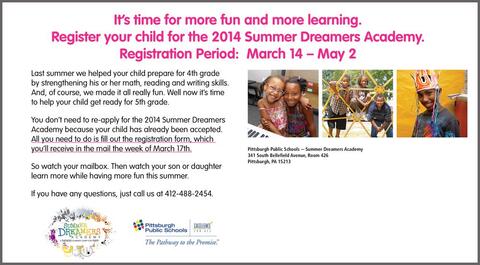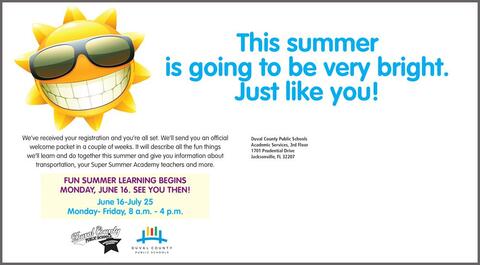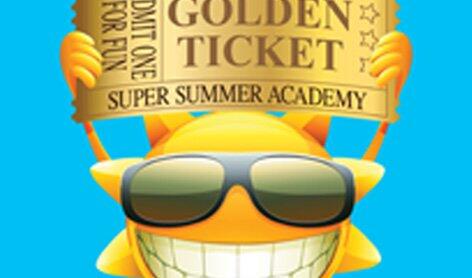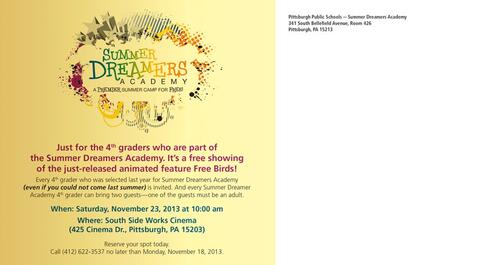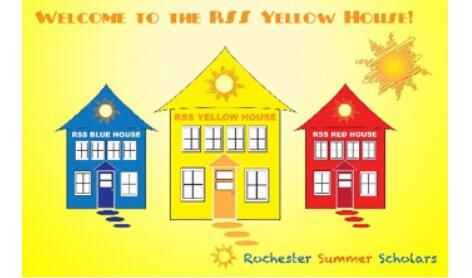Breadcrumb
- Wallace
- Toolkits
- Summer Learning Recruitment Guid...
Summer Learning Recruitment Guide
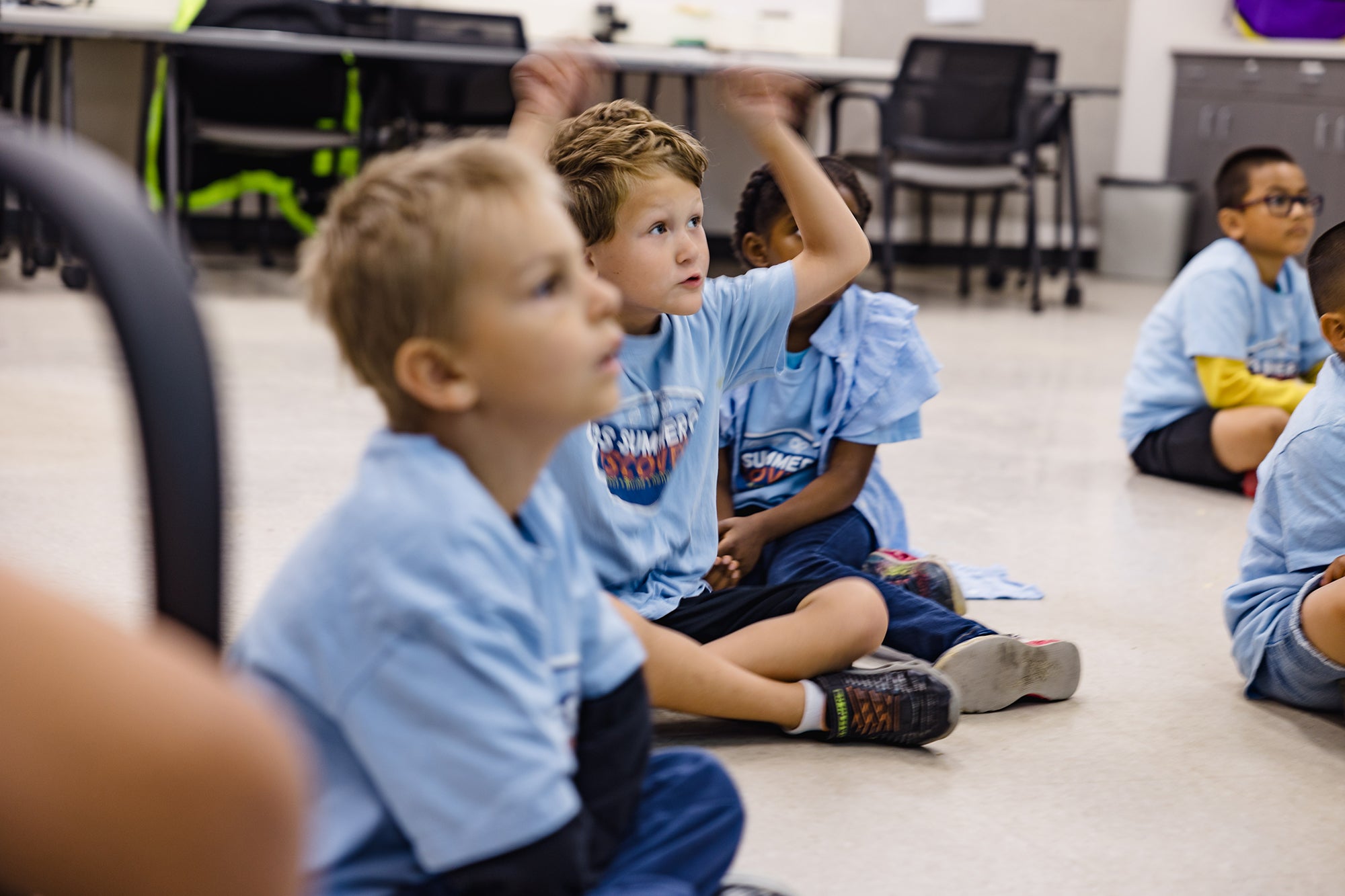
Create Your Game Plan
Once you've identified target audiences, set goals and determined the steps you need to take, it’s time to select the specific tactics you will use. Below is a menu of tactics that the districts in the National Summer Learning Project found effective. For each tactic, we indicate whether we consider it required, recommended, or optional. We’ve also included, wherever possible, guidance on when and how often to use a given tactic and how to make the work manageable.
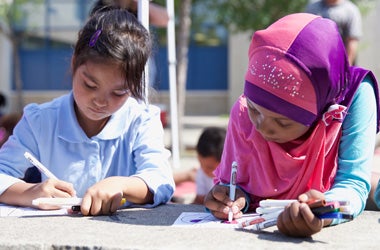
Sending Materials Home
Level of Effort: Medium | Time of Year: Autumn and Spring
Send home registration materials via mail or “backpack express,” at least two times: at the beginning of the registration period and within two weeks of the registration deadline. Tips for creating registration materials include:
- Ensure that motivating messaging remains front and center and that the details that will help parents make decisions (e.g., days and hours of operation, transportation, etc.) are prominent, as well.
- For the second round, add a clear statement of the deadline, something along the lines of, “Only 2 weeks remaining. Registration closes April 30.”
Go to All Resources to find sample copy for a recruitment flyer and recruitment postcard.
Caveat: Be cautious about using incentives, especially raffles to encourage students to bring in completed registration forms. They may motivate some parents to register without really intending to send their child to the program.
Reminder Phone Calls (Robocalls)
Level of Effort: Medium | Time of Year: Spring
Conventional wisdom says that robocalls (automated phone calls) are annoying, but parents in our focus groups said they were an acceptable, even expected, way of hearing from their child’s school. If schools in your district have the capacity to generate their own robocalls, then the principals should be the ones recording them. Otherwise, robocalls should come from the superintendent. Robocalls can be used during at least two stages in your outreach effort: during the last two weeks of registration and about a week before day one of the program. Two calls for each stage will do.
Confirmation letters or postcards
Level of Effort: Medium | Time of Year: Spring
All school districts running summer learning programs send materials home after registrations are completed—transportation details, request for waivers, etc. In addition, be sure to send home a confirmation letter or postcard letting parents know that their registration form has been received and their child has a reserved spot in the summer learning program. This is an important first step toward building that relationship with parents and students. Some of the NSLP districts sought to send the confirmation letter or postcard home on a rolling basis. That is, the mailing went out as soon as the registration form was received. Creating and sending these materials home requires no more than a medium level of effort. If possible, send them home on a rolling basis. If that is not possible, seek to get them in the mail no more than 7-10 days after the registration period closes.
Use Personalized Outreach
Level of Effort: High | Time of Year: Winter and Spring
Parents consider teachers and principals trusted messengers. Personal phone calls (as opposed to robocalls), individualized notes and conversations at school events or during pick-up and drop-off times are labor-intensive but powerful. Here’s some guidance:
- Get principals on board. They will want to know how the summer learning program will help “their” students. And they will need to know that you and your team will make the outreach program as easy as possible.
- Provide the list of parents and children, including contact information, to each messenger.
- Develop and provide a suite of materials, such as talking points, drafts of emails or notes home, scripts for phone calls, and frequently asked questions.
- Be sure to track the students from each school who register and routinely report back to principals about the status of their outreach efforts.
To get the most out of this time-consuming tactic, use it during the registration period, and if possible, between the registration deadline and the first day of the program.
Click below for the following templates:
- Talking points for talking to parents about registration
- Talking points for phone calls to parents
- Frequently Asked Questions to provide to school personnel
Caveat: Home visits can lead some parents to register their children when they don’t actually intend to send them to the program likely because it’s hard to say “no” to a visitor at their front door.
Events for Parents and Students
Level of Effort: High | Time of Year: Spring
Events can promote a strong connection between parents and students and your summer program. They are most effective during the registration period and between the end of registration and the start of the program. Examples of successful events include “try the program” nights, movie nights, and co-sponsored registration events at museums and other local institutions.
In-school events for students
Level of Effort: Medium | Time of Year: Spring
Ice cream socials, pizza parties, and invitation-only lunches with teachers or guidance counselors make students feel wanted during the registration period and get them excited to attend once they register. Because school staff have so much else on their plates, central office personnel may need to deliver pizza or ice cream to individual schools. Another approach is to create an “ice cream social in a box” with a template invitation, the list of eligible students in each class to be invited and a voucher for purchasing the ice cream from a local grocery chain.
One-on-one Teacher Interaction with Students
Level of Effort: Medium | Time of Year: Winter and Spring
A few encouraging words from a teacher to a student can be powerful. During the registration period, teachers can let their students know they would really enjoy and get a lot out of the summer learning program. After students register, teachers can tell them how excited they are for them. For this tactic to work, central office staff need to make sure each teacher gets an up-to-date list of eligible students and, after registration, an accurate list of which of her students are signed up. It’s also helpful to provide talking points teachers can use or adapt. Click below for a sample.
Mailings to Students
Level of Effort: Medium | Time of Year: Autumn, Winter and Spring
Addressing and mailing materials directly to students—not their parents—can be an effective complement to other tactics at any point: during the registration period, between the end of registration and the start of the program, and in the fall to let them know you hope they will return next summer. You should expect, however, that a certain number of mailings will be returned since some students will move and the district may not have up-to-date addresses. Designing and printing your own postcard increases the effort involved. Click the link for a template.
Emails home
Level of Effort: Low | Time of Year: Winter and Spring
If you have email addresses for parents, use them. Emails can be valuable, low-effort reminders during the registration period and can be sent several times—for example, shortly after registration materials go home, midway through the registration period, and as the deadline draws near.
Texts to Parents
Level of Effort: Low | Time of Year: Winter and Spring
If you have mobile phone numbers for parents, consider sending brief text messages as reminders. But send no more than three—remember, some parents get charged per text. Click below for three sample text messages.
Summary
A successful recruitment program requires a mix of tactics. Supplement required activities, such as sending materials home, reminder phone calls and confirmation letters, with recommended ones like individualized outreach and events for students and parents.
GET THE LATEST UPDATES


